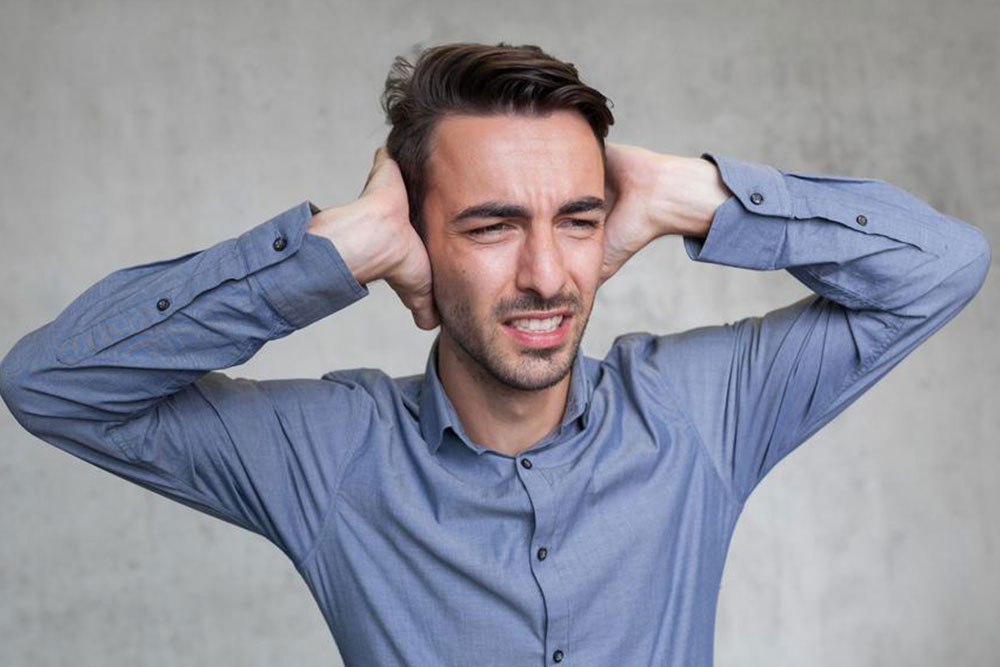Comprehensive Guide to Tension Headaches: Causes, Symptoms, and Effective Treatments
This comprehensive guide explores the causes, symptoms, and effective treatments for tension headaches. It emphasizes lifestyle changes, medical options, and alternative therapies to help sufferers manage and prevent these common headaches. Understanding triggers and adopting stress-reduction techniques can significantly improve quality of life and reduce headache frequency.

Understanding Tension Headaches: Causes, Symptoms, and Effective Treatments
Tension headaches are among the most common neurological complaints worldwide, affecting a significant portion of the population at various points in their lives. These headaches can vary greatly in intensity and duration, often presenting as a persistent, dull ache that encircles the head. For many sufferers, the pain radiates from the scalp to the neck, creating a sensation of tightness or pressure. Although typically mild to moderate, tension headaches can sometimes escalate to severe discomfort that hampers daily activities and diminishes quality of life.
The hallmark feature of tension headaches is the feeling of a tight band or squeezing pressure around the forehead, temples, or back of the head. These episodes can occur sporadically, happening several times a month, or develop into chronic conditions that persist for days or weeks. Women are statistically more vulnerable to recurrent tension headaches, and chronic cases pose a significant challenge to management and treatment.
Understanding the underlying causes of tension headaches is crucial for effective prevention and management. The primary trigger involves muscle contraction and tightness in the muscles of the head, neck, and shoulders. This muscular tension is often a response to various physical, emotional, and environmental stimuli. Common factors that contribute to the development of tension headaches include:
Visual Strain and Eye Fatigue: Prolonged use of digital devices such as computers, smartphones, and tablets can cause eye fatigue, leading to muscle strain around the eyes and in the forehead. This ocular stress frequently triggers tension headaches, especially when ergonomic practices are neglected.
Excessive Alcohol Consumption: Drinking alcohol in excess can lead to dehydration and hangovers, both of which are associated with severe, throbbing head pain that can last for hours or even a day. Alcohol-induced headaches are often accompanied by other symptoms like nausea and sensitivity to light or sound.
Emotional and Psychological Stress: Chronic stress, anxiety, and emotional tension cause muscles in the head, neck, and shoulders to tighten. Over time, this muscle clenching becomes a persistent source of headache pain, often creating a cycle where stress worsens headache symptoms, leading to further stress.
Illnesses and Infections: Conditions such as sinusitis, influenza, or other viral infections may produce secondary tension headaches. These often stem from tenderness and muscle stress around the facial sinuses and neck muscles, exacerbating the discomfort.
While mild tension headaches can often be managed with over-the-counter medications, frequent use without proper medical supervision may lead to rebound headaches or other complications. Therefore, it’s essential to recognize when professional medical advice is necessary. Managing chronic tension headaches involves a combination of medication, lifestyle modifications, and alternative therapies.
Conventionally, treatment options include:
Pain Relief Medications: Analgesics such as acetaminophen, NSAIDs (like ibuprofen or naproxen), or combination medications can provide temporary relief from headache pain. However, overuse of these drugs can result in medication-overuse headaches, so they should be used judiciously.
Stress Management and Behavioral Therapies: Techniques like cognitive-behavioral therapy (CBT), relaxation training, and biofeedback help address emotional stress and muscle tension at its source. These approaches not only reduce the frequency of headaches but also improve overall mental well-being.
Alternative and Complementary Therapies: Practices such as acupuncture, massage therapy, and chiropractic care can be effective in relieving muscular tension and promoting relaxation. Many patients find that these therapies, combined with lifestyle changes, significantly reduce headache frequency and severity.
Healthy Lifestyle Changes: Maintaining good posture, regular exercise, adequate hydration, and balanced nutrition can prevent the onset of tension headaches. Limiting caffeine, avoiding excessive alcohol, and managing stress effectively are also crucial habits to develop.
In cases where tension headaches become persistent or severely debilitating, further diagnostic tests might be necessary. Healthcare professionals may order imaging studies like a CT scan or MRI to rule out more serious conditions such as brain tumors, aneurysms, or other structural abnormalities. Accurate diagnosis is essential for tailoring effective treatment plans and ensuring optimal care.
Ultimately, addressing tension headaches requires a comprehensive approach that combines medical treatment, lifestyle adjustments, and stress reduction techniques. Recognizing triggers, implementing preventative strategies, and seeking professional guidance when needed can significantly enhance quality of life and reduce the frequency and severity of these common but often misunderstood headaches.





